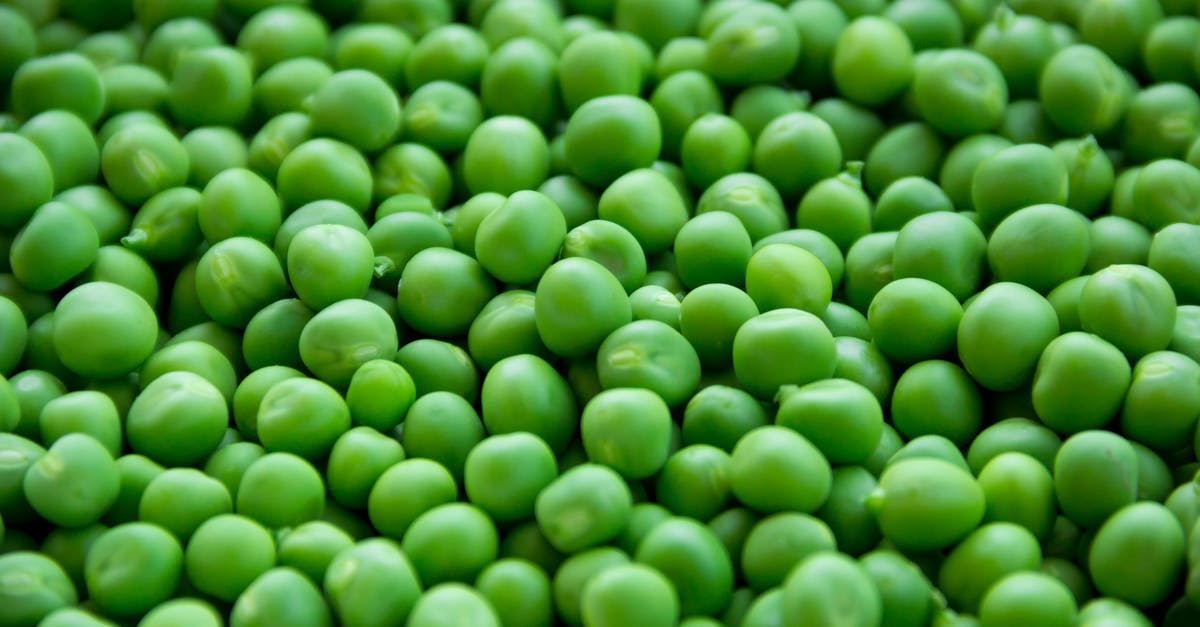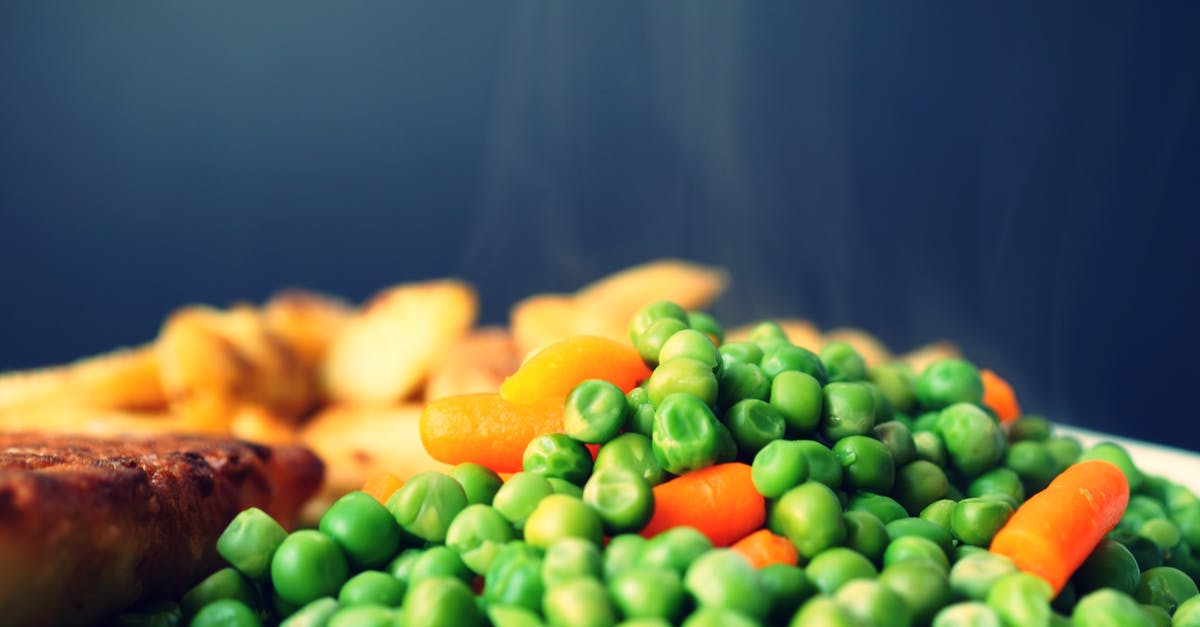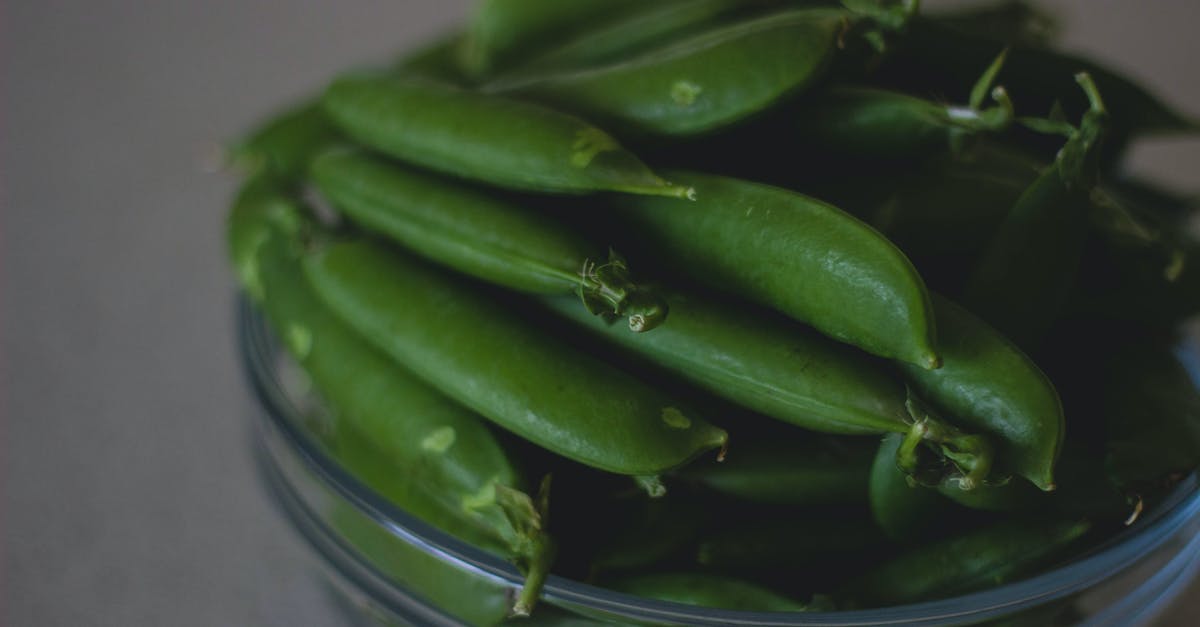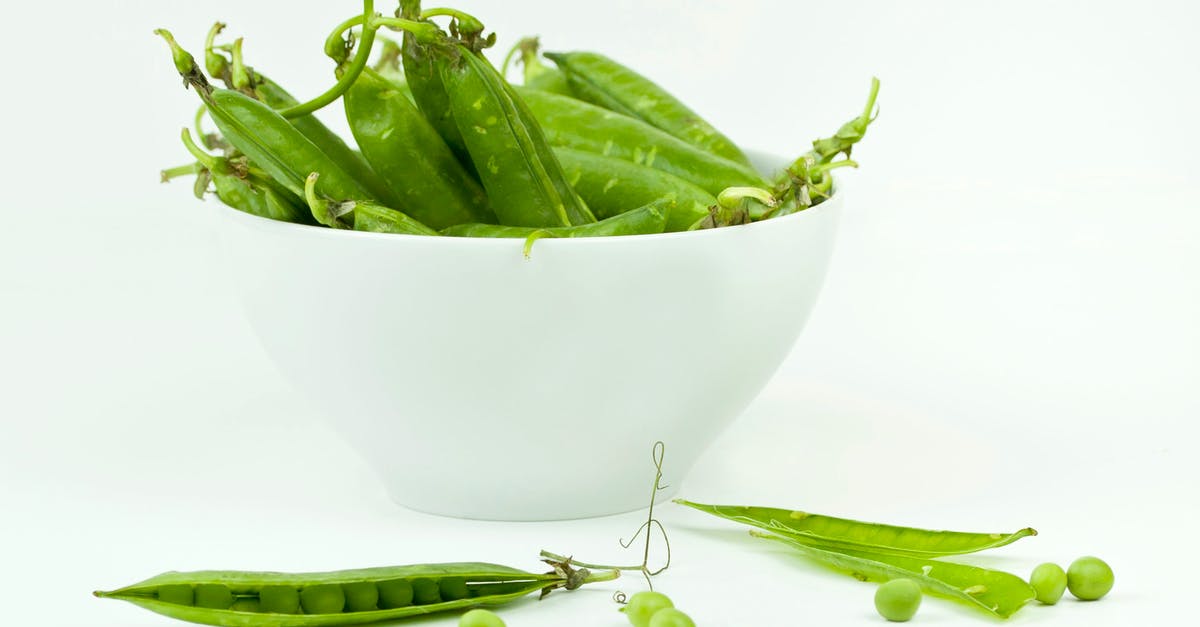Botulinum Toxin in Home-Canned Green Beans

I was given a jar of home-canned green beans. The method of canning is unknown.
Botulinum toxin is denatured at temperatures greater than 80 °C (176 °F).[27]
Proper refrigeration at temperatures below 3°C (38°F) retards the growth of Clostridium botulinum. The organism is also susceptible to high salt, high oxygen, and low pH levels. The toxin itself is rapidly destroyed by heat, such as in thorough cooking.[30] The spores that produce the toxin are heat-tolerant and will survive boiling water for an extended period of time.[31]
As usual with wikipedia, I'm not able to view the references.
My questions are:
1) At what minimal temperature and for what minimal amount of time is that temperature to be maintained to destroy the toxin? I'd like to see something definitive and believable.
2) Suppose the toxin is destroyed by cooking, but the spores remain. What is to stop the spores from becoming newly toxin-forming bacteria in my gut? Is there not enough time? Is there suppression from beneficial bacteria which prevents it? Is the ph wrong? The temperature? The oxygen level?
3) If you've answered the first two questions favorably and were presented with a can of beans having a somewhat more than remote chance of containing clostridium botulinum, would you follow the procedure in your answer and eat the beans? Assume you like green beans. I don't want to see "when in doubt, throw it out" because shouldn't there always be an element of doubt with anything home-canned? Shouldn't we treat each jar as if it was known to be contaminated? I understand that there is an extra element of doubt if the canning procedure is not known, but then again, if the sterilization procedure works, does it matter what process was used?
Best Answer
The only way to prevent botulism in canned foods is to either make it to acidic for the spores to survive, or to pressure can it using the right equipment at a temperature of 121C for at least 3 minutes. If this hasn't been done then it could be full of botulism, in which case simply cooking it above 80C for say 30 minutes just to be sure (that's double the 15 minutes I've seen recommended on some sites, I'd take no chances) - as you say will destroy the toxin. If you eat it right away afterwards then you'll in all likelihood be fine, it takes a couple of hours at least for enough toxin to build up to be harmful, even in ideal conditions for it to develop.
However, if there was a chance that there was botulism in home-canned food given to me I wouldn't take the risk. Even though I know scientifically that I would be safe by following the above advice I wouldn't be able to enjoy the food, every bite I'd have nagging worries that I'm poisoning myself. If I was starving I would in a second of course, but I can walk to the corner store and buy all the food I want so why take the risks?
I wouldn't hesitate to try home canned food made by someone who knows their stuff, but if there's any doubt of the provenance of home canned food then the best advice would be to throw it away.
Pictures about "Botulinum Toxin in Home-Canned Green Beans"



Quick Answer about "Botulinum Toxin in Home-Canned Green Beans"
No. Green beans are a low-acid food and require the higher temperature from a pressure canning process for a pre-determined length of time in order to destroy the potentially deadly bacterial spores of Clostridium botulinum, unless they are adequately pickled.Can botulism poisoning be found in home-canned products?
The toxin is made most often by Clostridium botulinum bacteria. Improperly home-canned, preserved, or fermented foods can provide the right conditions for the bacteria to make the toxin. You cannot see, smell, or taste the toxin, but taking even a small taste of food containing it can be deadly.How common is botulism in home canning?
According to the Atlanta-based agency, home-canned foods are a common source of botulism in the United States. From 1996 through 2008, foods prepared in homes accounted for 48 of the 116 foodborne botulism outbreaks reported to the agency. Of those 48 outbreaks, 18 (38 percent) were linked to home-canned vegetables.Is botulism in canned beans?
botulinum bacteria may find incorrectly or minimally processed canned foods a good place to grow and produce the toxin. Low-acid vegetables such as green beans, corn, beets, and peas, which may have picked up C. botulinum spores from the soil, are at risk. For more information, go to Shelf Stable Food Safety.How long does it take for botulism to grow in home-canned food?
Canned food is a convenient and healthy way to enjoy your favorite foods, but it's important to remember to follow a few safety precautions when home canning. So, how long does it take for botulism to grow in canned food? Well, under the right conditions, the spores can produce deadly toxins within 3 to 4 days.Botulism Survivor Urges Safe Canning
More answers regarding botulinum Toxin in Home-Canned Green Beans
Answer 2
If you are treating it as if it were contaminated, and it's been in the jar for two years, it would have an insanely high concentration of spores. They're usually harmless, because normally they get moved through your body before they can do anything bad. But in normal circumstances you're only consuming small quantities. There's not really going to be literature about eating totally contaminated canned goods, because what everyone says is to just throw it out at that point. "What happens if I eat green beans in a slurry of botulinum spores?" is not something anyone's eager to find out by experimentation. For example, it's possible (though rare) for botulism to colonize in your intestines. The risk of this is surely higher if you eat a massive quantity of spores.
But if you've decided the spores are not an issue (not what any of us would recommend), the toxin can be definitely destroyed by boiling for ten minutes. This is probably overkill, but I would not try to cut corners on this, because it's nasty stuff (it can kill you). This is a government recommendation; they've done the risk management and added some safety margin to protect yourself from somehow screwing up and killing yourself, so you should just follow it as-is. (But again, not recommended - especially since after boiling, the spores will have some nice happy time in warm liquid to wake up and start multiplying, so if it's chock full of them, it will just recontaminate itself...) As for minimal time and temperature, here's an authoritative source saying it takes 20 minutes at 80C or 5 minutes at 85C. It also mentions that the exact times, in addition to depending on temperature, also depend on pH and the particular type of botulinum toxin - yet another reason to not cut corners.
Now, on to understanding what makes the original process safe or unsafe.
What you should care about is not the minimal time and temperature but rather whether a trusted recipe was followed. Good canning recipes take into account all the risks (botulism and others) and tell you what you need to do to make yourself safe. If you find yourself asking "did it reach 80C and hold it for 15 minutes" you're doing it wrong.
In the case of green beans, here's an example recipe. It's nothing terribly complicated - you pack the jars properly, and process in a pressure canner for the appropriate amount of time. The pressure canner is important here: boiling water canning would deactivate the toxin but not the spores, which could then grow and become dangerous. (They can grow in the can/jar; no need for you to put them in your gut first.) But pressure canning done properly reaches a high enough temperature to kill the spores too, with a processing time long enough to remove any doubt. Wikipedia says that in commercial canning, it's 121C for 3 minutes; home canning processing times are way, way longer than that to remove any doubt.
As for your specific question about minimal time and temperature, that's not very well-defined. They may die a bit faster at higher temperatures. They may actually die well enough after less than three minutes; there's presumably a safety margin there as well. I'd treat the 121C/three minutes as a sort of minimum, but note that in practice, any canning you do will not measure temperature, and will cook for much longer than that to be safe.
Finally, with respect to risk, all you really have to ask is "did you use a pressure canner, did you follow a good recipe?" - nothing about specifics of temperature or anything. Again, if the person who canned them was doing it right, they had no need to know the temperature inside the jar. So if you have reason to suspect they may not have followed a good recipe like that, there's unknown danger, and they could kill you. But as long as they did, there's no cause for alarm. (Determining which is the case is a social problem, not a culinary one.)
Answer 3
Everything anyone wanted to know about botulinum toxin
Botulinum neurotoxin (BoNT) is the most toxic substance known to man and maybe its wise to understand it thoroughly.
There are 7 types of botulinum toxin (A through G). Types A, B, E and, in rare cases, F cause disease in humans. Types C and D cause disease in birds and mammals. Type G has not yet been confirmed as a cause of illness in humans or animals.
Until the early 1960s nearly all recognized outbreaks of botulism in which toxin types were determined were caused by type A or B toxins and were usually associated with with ingesting home-canned vegetables, fruits and meat products.
Virtually all cases of botulism type E are from contaminated aquatic (i.e. originating either in sea or fresh water) products (fish or aquatic mammals) with several cases attributed to beavers. A limited number of outbreaks of type F botulism have been reported in this country with one outbreak traced to home-prepared venison jelly.
From 1950 through 1996 time period, 65% of botulism outbreaks have been traced to home-processed foods, while 7% have been linked to commercially processed foods, including foods served in restaurants.
Vegetables have been the most important vehicle for the botulism toxin in the US from 1950 through 1996. Beef, milk products, pork and poultry have caused fewer outbreaks.
Thermal Inactivation of Botulinum Toxins in Canned Salmon
Canned salmon is a low acid food. If all C. botulinum spores are not destroyed by proper processing in home canning, a potential hazard of botulism exists. Boiling will destroy the toxin, but will also affect the palatability and appearance of the salmon. To determine the minimum temperature and heating time to destroy toxin, type A, B, or E toxin was added to canned salmon. Two-gram portions in small glass vials were heated at 68, 71, 74, 79 and 85°C for various lengths of time up to 20 minutes. To establish a heating procedure for cans and jars of salmon, spores of types A, B, and E C. botulinum were added to commercially canned salmon and to glass jars of home-canned salmon and incubated for 10 days. Open cans and jars were oven-heated at 350°F (177°C) to the same end-point temperatures. Assays for toxin were carried out with mice. Inactivation of toxin in salmon heated in vials showed an initial rapid drop in toxicity followed by a leveling-off of the rate so that 20-minute heating at 68 or 71°C did not destroy all of the toxin. At 79 and 85°C, the inactivation was much more rapid and all detectable toxin was destroyed within 2 to 5 minutes. For the oven-heating method for two sizes of cans and jars, an internal temperature of 85°C followed by a 30-minute holding period at room temperature was effective in inactivating botulinum toxin.
HEAT INACTIVATION RATES OF BOTULINUM TOXINS A, B, E AND F IN SOME FOODS AND BUFFERS
Inactivation of botulinum toxins was determined in selected acid and low acid foods and buffer systems. Heating at 74°C and 79°C gave a biphasic curve when the log of the inactivation of the toxins was plotted against the time of heating. At 74°C, the time for inactivation of 103 LD50 of type A toxin per gram of an acid food such as tomato soup to no detectable toxin by mouse assay was an hr. or more. At 85°C the inactivation was very rapid and approached exponential decrease with inactivation to no detectable toxin within 5 min. In general, the toxins were more stable in acid foods such as tomato soup at pH 4.2 than in low acid foods, such as canned corn at pH 6.2. Twenty minutes at 79°C or 5 min at 85°C is recommended as the minimum heat treatment for inactivation of 103 LD50 botulinum toxins per gram of the foods tested.
HEAT INACTIVATION OF BOTULINUM TOXIN TYPE A IN SOME CONVENIENCE FOODS AFTER FROZEN STORAGE
Crystalline type A toxin from the Hall Strain of Clostridium botulinum was added to beef pie fillings (pH 5.9), 0.05M phosphate buffer (pH 5.9), cream of mushroom soup (pH 6.2) or tomato soup (pH 4.1) and 1 ml placed in 2-ml thin glass ampules. These were frozen and stored at -20°C for 180 days. At timed intervals a few ampules were thawed and the contents tested for toxicity and for the rate of heat inactivation of the toxin. The toxicity of type A in the contents remained the same throughout the frozen storage. Although the literature reports show a decrease in the heat stability of type E toxin after frozen storage, the heat inactivation rates for type A remained the same. pH is one of the important variables affecting the heat stability of type A toxin dissolved in various buffers.
The Case of Botulinum Toxin in Milk
We demonstrated that standard pasteurization at 72°C for 15s inactivates at least 99.99% of BoNT/A and BoNT/B and at least 99.5% of their respective complexes. Our results suggest that if BoNTs or their complexes were deliberately released into the milk supply chain, standard pasteurization conditions would reduce their activity much more dramatically than originally anticipated and thus lower the threat level of the widely discussed “BoNT in milk” scenario.
For the current study, it was important to consider the food matrix used for the experiments, in this case raw milk, since it has a major impact on the heat inactivation rate of BoNT.
Early work by Scott and Stewart (published in 1950) demonstrated that vegetable juice increased the heat stability of BoNT/A and BoNT/B due to their being protected by bivalent cations and organic acid anions present in the juice.
Later, Bradshaw et al. (in 1979) showed that BoNT/A and BoNT/B were more heat stable in beef and mushroom patties than in a phosphate buffer at the same pH.
Woodburn et al. (in 1979) also observed increased heat stability of BoNT/A when 1% gelatin was added to a phosphate buffer.
Recently, it has been shown that the molten-globule-like character of BoNT and its interaction with NAPs are responsible for variations in physical stability at different pH values.
heat resistance of C. botulinum type E toxin
The heat resistance of C. botulinum type E toxin depends on the pH; the toxin is destroyed by moderate heating at neutral pH and is more resistant at lower pH values (pH 4.0 - 5.0). Thus, the toxin was destroyed after 5 min at 60 °C (140 °F) in a cooked meat medium (pH 7.5) (cited from Huss 1981) but at 62 °C (144 °F) and 65 °C (149 °F) in meat broth (pH 6.2) (Abrahamsson and others 1965). Woodburn and others (1979) investigated the heat inactivation of several botulinum toxins and found that in canned corn at pH 6.2, a 3D reduction occurred in 2 min at 74 °C (165 °F). In phosphate buffer, a similar reduction occurred in 1 min at pH 6.8 but took 6 min if 1% gelatin was added to the buffer (Woodburn and others 1979).
Inactivation by ph and type at 74C
Type A in tomato soup at ph 4.2 takes 25 min
Type A in string beans at ph 5.1 takes 4 min
Type A in canned corn at ph 6.2 takes 2 min
Type B in tomato soup at ph 4.2 takes 20 min
Type B in string beans at ph 5.1 takes 15 min
Type B in canned corn at ph 6.2 takes 1 min
Type E in tomato soup at ph 4.2 takes 2 min
Type E in string beans at ph 5.1 takes 1 min
Type E in canned corn at ph 6.2 takes 2 min
I can't figure out how to remove the spaces in the list. If someone else can, feel free to edit.
Sources: Stack Exchange - This article follows the attribution requirements of Stack Exchange and is licensed under CC BY-SA 3.0.
Images: Pixabay, George Becker, Valeria Boltneva, R Khalil
